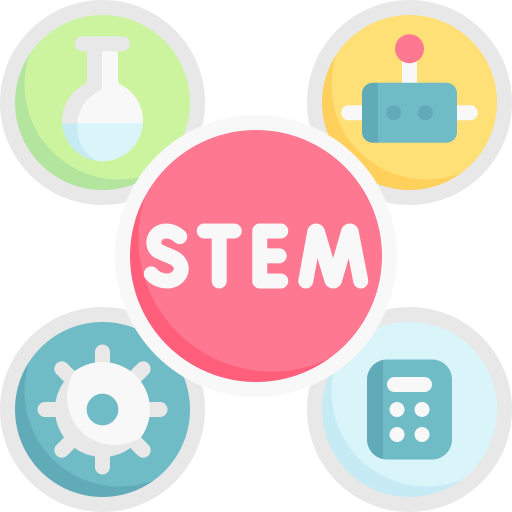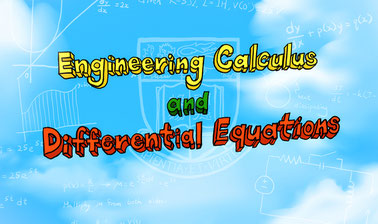Online STEM Simulations and other interactive resources for science and technology education
Discover a unique collection of online STEM simulations and other educational resources that make science visible. All content is free, organized into thematic units, and designed for teachers and students
.
Discover all our STEM simulations and online resources for science and technology education
Explore our thematic units of free STEM simulations and resources. You’ll find interactive experiments and educational tools of various types and levels of difficulty, ready to use, at no cost to you
Mathematics
More than 40 online simulations and interactive activities to learn and teach Mathematics in a practical and visual way
Physics
Over 140 online simulations and virtual experiments to explore the principles of Physics visually and enjoyably
Chemistry
More than 70 interactive simulations and virtual labs to understand reactions, bonds, and properties of matter step by step
Earth Science
Over 65 online simulations and other educational resources to discover astronomy, geology, and much more
We help you learn and teach STEM
STEM education is a challenge
Our online interactive resources are designed to help you learn and teach effectively
Take advantage of them!
STEM Education

STEM education is an innovative educational approach that integrates science, technology, engineering, and mathematics. Its goal is to prepare students for careers related to these fields and to successfully face the social and economic challenges of the 21st century.
STEM Students

STEM students may face various difficulties depending on their level and experience, but some are common: limited understanding of basic concepts, difficulty applying abstract ideas to the real world, lack of critical thinking, low motivation, and little practice.
STEM Teachers

Being a STEM teacher is a significant challenge, as it requires not only highly specialized technical knowledge but also strong pedagogical and communication skills to convey these complex concepts clearly, engagingly, and effectively.
To learn and experiment

In each thematic unit, we offer science kits and educational tools that connect theory with practice in a fun and effective way

Medidor de flujo


Balanza científica


Tabla periódica


Simulador de colisiones


Reloj de mareas


DIY seismograph


Telescopio avanzado


Juego de transportadores


Kit solar


Experimentación de colores


Seismograph


Wind tunnel


Mechero Bunsen


Hooke’s law


Juego de fracciones


PH Meter


Anemometer


Quemador de gas


Reflexión y refracción


Scientific balance

Giants of science
“If I have seen further, it is by standing on the shoulders of giants”
Isaac Newton

Discover in each thematic unit some of the scientists who have shaped history and made it possible for us to get to where we are today

Albert Einstein
–

James Hutton
–

Christiaan Huygens
–

Euclides
–

Rachel Louise Carson
–

Henri Cartan
–

Joseph Louis Gay-Lussac
–

René Descartes
–

Henri Poincaré
–

Wolfgang Pauli
–

Andrey Kolmogorov
–

Daniel Bernoulli
–

Charles Lyell
–
Robert Wilhelm Bunsen
–

Johannes Kepler
–

John von Neumann
–

Joseph-Louis Lagrange
–

Vilhelm Friman Koren Bjerknes
–
Edwin Powell Hubble
–

Max Karl Ernst Ludwig Planck
–
Become a giant

In each thematic unit, we present a selection of online courses from the best academic institutions
And they are completely free!


Astrophysics: The Violent Universe



Geoscience: the Earth and its Resources



Hypersonics – from Shock Waves to Scramjets



Biochemistry: Biomolecules, Methods, and Mechanisms



The Physics of Electronic Polymers (PEP)



Introduction to Probability



Introduction to Deep Earth Science



Unconventional Reservoir Geomechanics



Principles of Modeling, Simulations, and Control for Electric Energy Systems



Introduction to Linear Models and Matrix Algebra



Sustainable Energy



Engineering Calculus and Differential Equations



Critical Raw Materials: Managing Resources for a Sustainable Future



Capstone Exam – Materials for Electronic, Optical, and Magnetic Devices



Linear Algebra IV: Orthogonality & Symmetric Matrices and the SVD



Data Analysis: Statistical Modeling and Computation in Applications



Natural Resources for Sustainable Development



Silicon Photonics Design, Fabrication and Data Analysis



Chemical Thermodynamics II: Equilibrium and Kinetics



Landscape Ecology


